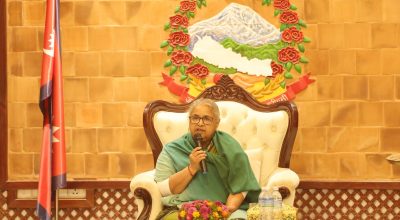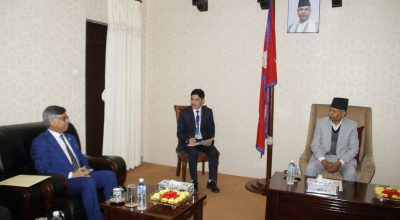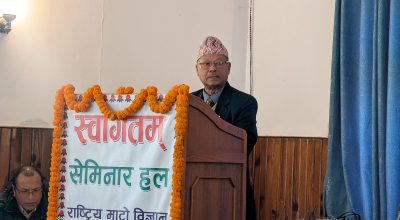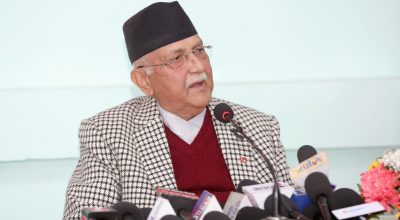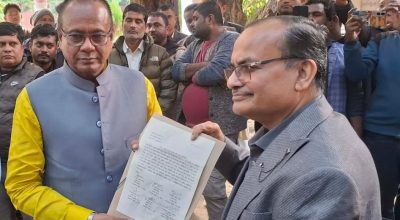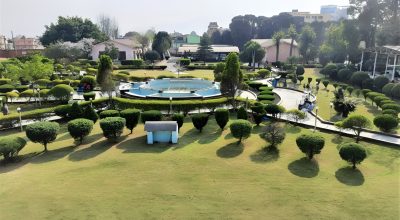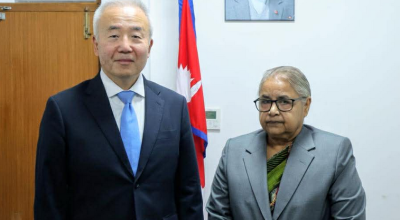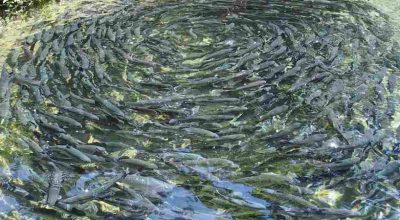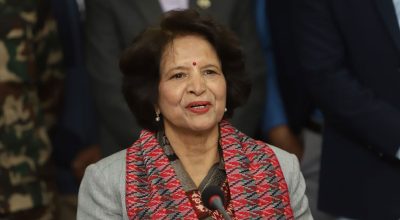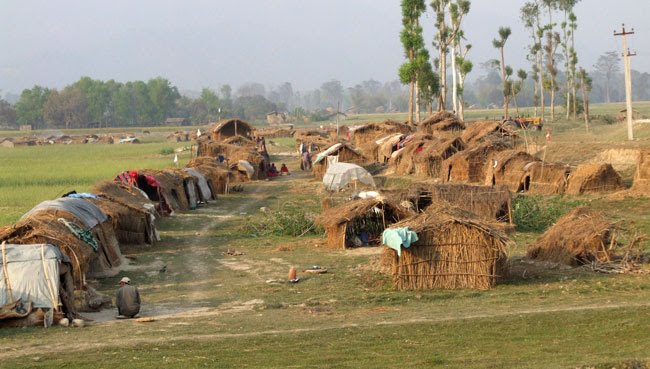
Tikaram Sunar/ Sudip Raut
Janakpurdham, July 18: Today in the Nepali calendar marked two historic moments in terms of the efforts for progressing towards a just society with the abolition of two discriminatory practices in the West Terai and the Madhes.
On Saun 2, 2057 BS (July 17, 2000) the government made an announcement to ban the kamaiya system, a form of a bonded-labor prevalent in Kailali, Kanchanpur, Bardiya, Banke and Dang of western Nepal. With the government declaration, over 32,500 individuals belonging to impoverished and marginalized community in these districts were freed from the modern form of slavery.
After two decades of the banning of kamaiya system, on Saun 2, 2079 BS (July 18, 2022) the government came up with a significant announcement declaring the liberation of Harawa-Charawa, the bonded labourers in the agriculture sector in the Madhes region.
But grievance of former kamaiyas is that their real liberation from modern form of slavery has not been realised yet.
According to Kamaiya system abolition movement leader Pashupati Chaudhary, it has been 23 years since the abolition of kamaiya system, but still over 2300 freed kamaiya households in five districts in the west Nepal are forced to live a wretched life. “The government’s claim is that it has already carried out the rehabilitation of former kamaiyas, but it has not taken place in practice.”
“The KP Sharma Oli-led government handed the responsibilities of rehabilitating the freed kamaiys to the local government, since then the process has remained stalled. As a result, former kamiayas have been pushed towards vulnerable works,” he said.
Bonded Labour (Prohibition) Act, 2058 (2002) bans all sorts of bonded workers and traditions, but the sustainable liberation of them has not been possible yet, people concerned said.
Rights activist Sanjaya Mahara said the abolition of bonded laboour, forms of modern slavery, was indeed a welcoming and historic step, but the persistent lack of availability of sustainable means of livelihood for them continued to affect the target groups adversely.
Then Ministry of Land Reform and Management amassed the details of kamaiyas in 2057 BS and 2059 BS and categorized them in four groups from A to D. As per the government data, 27,021 former kamaiyas were provided land and a shelter.
Vice-Chairperson and Spokesperson of the National Land Commission, Naresh Khadka, said complaints are receiving that Kamaiya have not still get rid of problems in lack of their rehabilitation even after being freed from Kamaiya since long.
He shared that problems could be resolved in some extent if landless Dalits, landless squatters file complaints within jurisdiction of the Commission.
Spokesperson Khadka mentioned, “Although Commission’s jurisdiction does not incorporate freed kamaiya, haliya and harawa charawa, landownership certificate of the land they are using can be provided keeping the problems and recommendations pointed out by study taskforce formed in different times.”
He further said the government should resolve the problems through an appropriate work procedure as they have been receiving some complaints that the land provided by the government to freed kamaiya is only on paper.
Harawa charawa of Madhes are also worried thinking their problems might not be resolved for years like of freed kamaiya.
National Harawa Charawa Rights Forum, Darshan Lal Mandal, said although the government declared Harawa Charawa free one year ago, data collection and rehabilitation programmes have not been move ahead so far.
He urged to forward the rehabilitation programmes immediately as per the four-point agreement signed with Forum.
Similarly, Advocate and Right Activist Balaram Bhattarai pointed out that the government has to take effective steps for appropriate rehabilitation of Harawa Charawa as keeping bonded labour is insult of democracy and against constitution.
The government announced the end of all practices related to bonded labour after promulgation of Bonded Labour (Prohibition) Act, 2058 on February 21, 2002.
As per this, the them Prime Minister Pushpa Kamal Dahal ‘Prachanda’-led government on September 6, 2008, had announced the free- Haliya system. Similarly, announcement of free-kamalahari system was made on July 18, 2013. (RSS)





